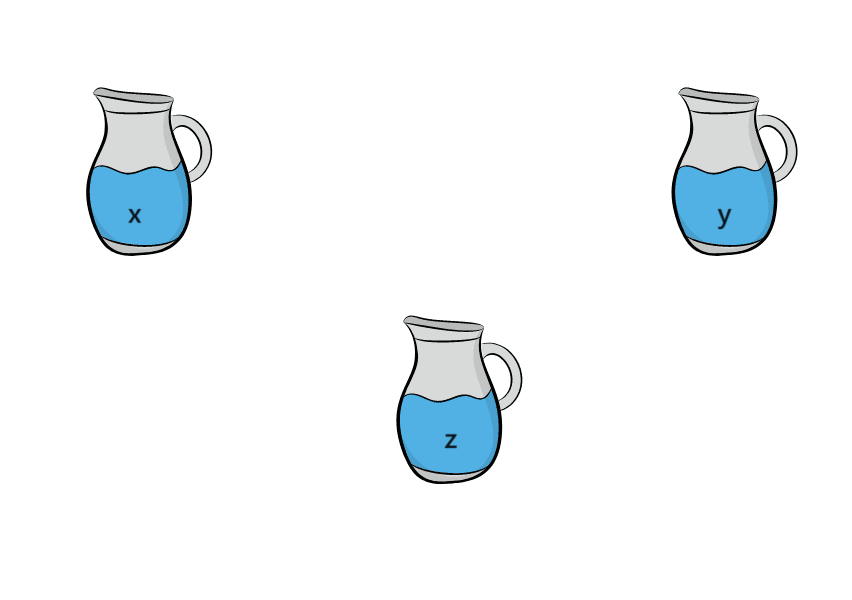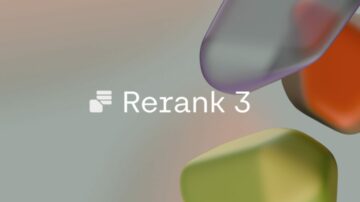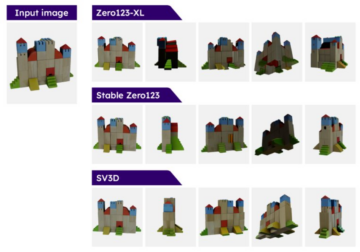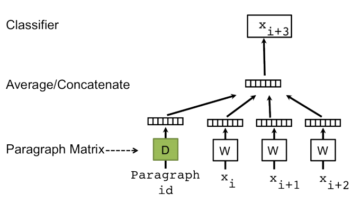Introduction
The water jug problem, also known as the ‘water-pouring problem’ or ‘die hard problem,’ is a classic challenge in artificial intelligence and computer science. This puzzle revolves around measuring a specific quantity of water using multiple jugs, each with varying capacities. It’s not merely a brain teaser; it’s a fundamental problem frequently employed to exemplify various problem-solving strategies and algorithms, notably search and optimization techniques.
In the following sections of this article, we’ll delve into the intricacies of the water jug problem. We’ll explore how artificial intelligence approaches and tackles this puzzle, shedding light on applying AI techniques.
Table of contents
Defining the Problem
The Water Jug Problem is a classic puzzle in artificial intelligence involving two jugs, one with a capacity of ‘x’ liters and the other ‘y’ liters, and a water source. The goal is to measure a specific ‘z’ liters of water using these jugs, with no volume markings. It’s a test of problem-solving and state space search, where the initial state is both jugs empty and the goal is to reach a state where one jug holds ‘z’ liters. Various operations like filling, emptying, and pouring between jugs are used to find an efficient sequence of steps to achieve the desired water measurement.

Using State Space Search
Solving the Water Jug Problem requires a systematic approach. This is where the concept of state space search comes into play. State space search is a fundamental concept in AI that involves exploring possible states of a problem to reach a desired goal state.
Each state represents a specific configuration of water in the jugs. The initial state is when both jugs are empty, and the goal state is when you have ‘z’ liters of water in one of the jugs. The search algorithm explores different states by applying various operations like filling a jug, emptying it, or pouring water from one jug into the other.
Production Rules for Water Jug Problem
In AI, production rules are often used to represent knowledge and make decisions. In the case of the Water Jug Problem, production rules define the set of operations that can be applied to transition from one state to another. These rules include:
- Fill Jug A: Fill jug A to its full capacity.
- Fill Jug B: Fill jug B to its full capacity.
- Empty Jug A: Empty the jug A.
- Empty Jug B: Empty the Jug B.
- Pour from A to B: Pour water from jug A to jug B unless you get an empty jug A or full jug B.
- Pour from B to A: Pour water from jug B to jug A until either jug B is empty or jug A is full.
Using these production rules, we can construct a solution path to move from the initial state to the goal state.
Algorithm to Solve Water Jug Problem
Now, we will follow the Breadth-First Search (BFS) approach to solve the problem:
- Start with the initial state where both jugs are empty.
- Create a queue. Next, add the initial state to it.
- While the queue is not empty, opt for the following:
- Pop the front state from the queue.
- Apply all possible production rules to generate new states.
- Check if any of these new states match the goal state.
- If a goal state is found, the problem is solved.
- If not, add the new states to the queue for further exploration.
- BFS ensures that you find the shortest path to the goal state, which is efficient for solving the Water Jug Problem.
Python Program to Solve the Problem
Let’s see a Python program to solve the Water Jug Problem using the BFS algorithm. Here’s a simple implementation:
# Python program to solve the Water Jug Problem using BFS
from collections import deque def water_jug_BFS(x, y, z): visited = set() queue = deque([(0, 0)]) while queue: jug_a, jug_b = queue.popleft() if jug_a == z or jug_b == z or jug_a + jug_b == z: return True if (jug_a, jug_b) in visited: continue visited.add((jug_a, jug_b)) # Fill jug A if jug_a < x: queue.append((x, jug_b)) # Fill jug B if jug_b < y: queue.append((jug_a, y)) # Empty jug A if jug_a > 0: queue.append((0, jug_b)) # Empty jug B if jug_b > 0: queue.append((jug_a, 0)) # Pour from A to B if jug_a + jug_b >= y: queue.append((jug_a - (y - jug_b), y)) else: queue.append((0, jug_a + jug_b)) # Pour from B to A if jug_a + jug_b >= x: queue.append((x, jug_b - (x - jug_a))) else: queue.append((jug_a + jug_b, 0)) return False x = 4 # Capacity of jug A
y = 3 # Capacity of jug B
z = 2 # Desired amount of water if water_jug_BFS(x, y, z): print(f'You can measure {z} liters of water using {x}-liter and {y}-liter jugs.')
else: print(f'You cannot measure {z} liters of water using {x}-liter and {y}-liter jugs.')Also Read: 14 Exciting Python Project Ideas & Topics for Beginners
Explanation for Water Jug Problem
This Python program uses BFS to search for a solution to the Water Jug Problem. It starts with empty jugs and explores all possible states by applying the production rules. If it finds a state where one of the jugs contains ‘z’ liters of water, it concludes that a solution exists.
Conclusion
The Water Jug Problem is a classic puzzle that has entertained puzzle enthusiasts and challenged AI researchers worldwide. By employing state space search, production rules, and search algorithms like BFS, it is possible to find an efficient solution to this problem.
As the world witnesses the transformative power of Artificial Intelligence (AI) and Machine Learning (ML), our course offers an opportunity to delve into the diverse dimensions of AI and ML. Explore these dynamic fields in our comprehensive AI and ML Free course.
Frequently Asked Questions
A. The objective is to find a sequence of actions to measure a specific quantity of water using jugs of different capacities while respecting constraints.
A. The solution involves determining a series of actions like filling, emptying, and pouring to accurately measure the desired volume of water within the constraints of the jug capacities and operations.
A. The three water jug problem’s solution is akin to the standard version but involves three jugs with varying capacities. The goal remains the same: measuring a specific volume using the three jugs.
A. Appropriate search strategies for solving this problem include depth-first search, breadth-first search, and heuristic search methods like A*. The choice depends on the problem’s complexity and optimization criteria.
Related
- SEO Powered Content & PR Distribution. Get Amplified Today.
- PlatoData.Network Vertical Generative Ai. Empower Yourself. Access Here.
- PlatoAiStream. Web3 Intelligence. Knowledge Amplified. Access Here.
- PlatoESG. Carbon, CleanTech, Energy, Environment, Solar, Waste Management. Access Here.
- PlatoHealth. Biotech and Clinical Trials Intelligence. Access Here.
- Source: https://www.analyticsvidhya.com/blog/2023/10/what-is-the-water-jug-problem-in-ai/
- :has
- :is
- :not
- :where
- 11
- 14
- 8
- 9
- a
- accurately
- Achieve
- actions
- add
- AI
- algorithm
- algorithms
- All
- also
- amount
- an
- and
- Another
- any
- applied
- Applying
- approach
- approaches
- appropriate
- ARE
- around
- article
- artificial
- artificial intelligence
- Artificial intelligence (AI)
- AS
- asked
- b
- BE
- between
- both
- Brain
- but
- by
- CAN
- cannot
- capacities
- Capacity
- case
- challenge
- challenged
- choice
- classic
- collections
- comes
- complexity
- comprehensive
- computer
- computer science
- concept
- concludes
- Configuration
- constraints
- construct
- contains
- continue
- course
- criteria
- decisions
- define
- delve
- depends
- desired
- determining
- different
- dimensions
- diverse
- dynamic
- each
- efficient
- either
- else
- employed
- employing
- empty
- ensures
- enthusiasts
- Ether (ETH)
- exciting
- exists
- exploration
- explore
- explores
- Exploring
- false
- Fields
- fill
- filling
- Find
- finds
- follow
- following
- For
- found
- Free
- frequently
- from
- front
- full
- fundamental
- further
- generate
- get
- goal
- Hard
- Have
- High
- holds
- How
- HTTPS
- ideas
- if
- implementation
- import
- in
- include
- initial
- Intelligence
- into
- intricacies
- involves
- involving
- IT
- ITS
- knowledge
- known
- learning
- light
- like
- machine
- machine learning
- make
- Match
- max-width
- measure
- measurement
- measuring
- merely
- methods
- ML
- move
- multiple
- New
- next
- no
- notably
- objective
- of
- Offers
- often
- on
- ONE
- Operations
- Opportunity
- optimization
- or
- Other
- our
- path
- plato
- Plato Data Intelligence
- PlatoData
- Play
- possible
- power
- Problem
- problem-solving
- Production
- Program
- project
- puzzle
- Python
- quantity
- Questions
- reach
- Read
- remains
- represent
- represents
- requires
- researchers
- respecting
- return
- revolves
- rules
- same
- Science
- Search
- sections
- see
- Sequence
- Series
- set
- Simple
- solution
- SOLVE
- Solving
- Source
- Space
- specific
- standard
- starts
- State
- States
- Steps
- strategies
- Strategy
- Tackles
- teaser
- techniques
- test
- that
- The
- the world
- These
- this
- three
- to
- Topics
- transformative
- transition
- true
- two
- until
- used
- uses
- using
- various
- varying
- version
- visited
- volume
- Water
- we
- What
- What is
- when
- which
- while
- will
- with
- within
- world
- worldwide
- X
- you
- zephyrnet








